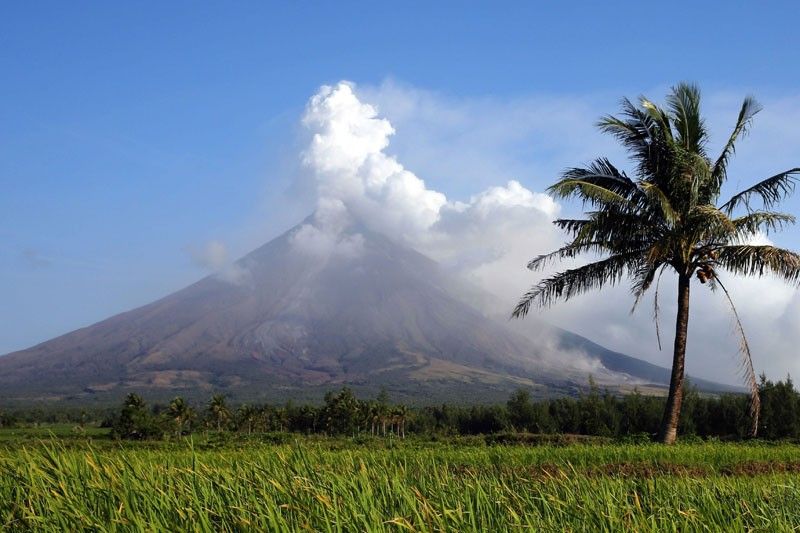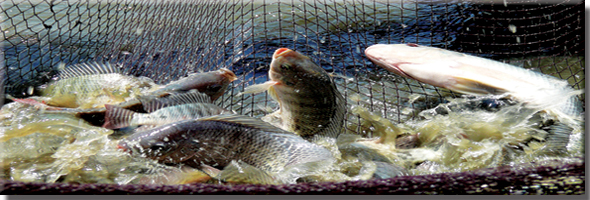On Monday, the United States Agency for International Development (USAID) through its Science, Technology, Research, and Innovation for Development (STRIDE) program in partnership with InangLupa held the workshop/forum “Advancing the Agribusiness Innovation Ecosystem” that resulted in an impressive exchange of ideas on how to advance the agribusiness innovation ecosystem in the Philippines.
Among others, major presentations were made by representatives from USAID-STRIDE through Dr. David Hall and the Department of Trade and Industry by Assistant Secretary Rafaelita Aldaba. Dr. Hall is chief of party of USAID-STRIDE.
The intensive exchange of ideas during the workshop/forum will make it necessary for me to write a third part on the issue of assessing the agribusiness innovation ecosystem, which will come out next Friday.
For the second part of this column-series, I will discuss what Dr. Hall presented that is a summary of findings of the STRIDE report “Agribusiness Innovation Ecosystem Assessment.”
In his presentation, Dr. Hall, chief of party of USAID-STRIDE, emphasized that “research has to be industry-led and need-drive,” which I have also emphasized many times in my past columns.
His presentation was based on the assessments made by Ellie Turner and Liz Eckert, both having impressive knowledge and expertise in agriculture, food security, and postharvest, among others.
The purpose of the assessment was to identify the strengths, weaknesses, and opportunities in the agribusiness innovation ecosystem, and how connected are its actors and stakeholders. After those, interventions were identified to improve the agribusiness innovation ecosystem.
Their assessment covered the value chains of three high-value crops in mango, coffee, and cacao. It involved 63 semi-structured interviews (24 private sector, 15 university, 17 government, and seven others).
A total of five findings were generated from the assessment and points to at least two major issues also based on my own assessment: there is a disconnect between the research efforts of the academe and institutions, and the needs of industry; and there is a need to improve commercialization efforts for research outputs with the government also performing a major or pivotal role.
Here are also some salient points worth pointing out from Dr. Hall’s presentation:
• The mindset that agricultural innovations are public goods actually hinder access to those who need them, particularly smallholder farmers;
• There is limited public information about the academe when it comes to expertise, research, and innovation, and businesses do not perceive the academe as potential partners or are not relevant to the industry;
• Researchers must be given funding support for technology demonstration and dissemination;
• There are no incentives for the extension system that hinders technology transfer; and
• The registration process for new agricultural products should be sped up to encourage more innovation.
Key recommendations
From the report itself, let me point out and elaborate interesting points from the “Key Findings and Recommendations,” which will help address much of the issues I have raised so far.
One finding is universities and funding agencies should make it clear as to who is responsible for classifying a technology, whether it is social or commercial. This will also help address the issue of eventually commercializing technologies with even the private sector getting involved in the process.
When it comes to establishing an effective extension system, the report said that besides incentives, there is also a need to put in place monitoring and feedback mechanisms, with the latter involving the smallholder beneficiaries.
On the weak link between the academe and industry, the report said private companies involved in agribusiness cannot identify academic experts in technical areas, which hampers value adding efforts in the industry.
State colleges and universities also do not communicate adequately through their websites and social media channels their expertise and accomplishments in the field of agricultural research and extension.
Obviously, something needs to be done to resolve the disconnect between the agro-industrial sector and academe.
One of the solutions identified in the report is to allow university researchers to enter into consulting assignments with the industry, which is also a good measure to bolster the salaries of those in the teaching profession. Members of the academe can also have consultation arrangements with local government units for delivering farm extension services to smallholders.
When it comes to sharing technologies, the report recommended developing revenue-sharing guidelines and protocols that will improve mutual trust between universities and industry.
On the part of government research institutions, it was recommended that the Department of Agriculture (DA)-Bureau of Agricultural Research and the Department of Science and Technology (DOST)-Philippine Council for Agriculture, Aquatic and Natural Resources Research and Development (PCAARRD) establish and maintain websites and webpages to keep the public informed about their tested technologies that are ready for commercialization. I would also add the Commission on Higher Education (CHED) to the equation.
And when it comes to coordinating research for development efforts, the government offices involved in technology transfer, like the DA-Agricultural Training Institute (ATI), should be involved in appreciating the research during the earlier stages so they can respond better on how to eventually transfer the technology being developed to smallholders and stakeholders.
There are a lot more that can be discussed from the STRIDE report but I will reserve them, for subsequent columns.
Inclusive growth from agribusiness
The STRIDE report should eventually lead to a Unified and Inclusive Agribusiness System, which I believe cannot be realized unless government support efforts to make agripreneurship take root in the Philippines. And I commend the DTI for including agribusiness in the Philippine Inclusive Innovation Strategy, and the Innovation Roadmap, which builds on the strengths of each region in the Philippines for the farm commodities they can produce efficiently.
According to the presentation made by Assistant Secretary Aldaba of the DTI, among the problems identified by the roadmap when it comes to farm production are lack of postharvest facilities and farm-to-market roads, old harvesting technologies, and high prices of inputs. For value adding, the constraints include lack of raw material supply, high cost of investment for processing facilities, and lack of technology in processing.
And let me add that for many decades, too much resources and support have been devoted by the government for rice and corn production, which has resulted in a largely mono-cropping farming system in the Philippines.
Aldaba also presented three phases to make the country’s agriculture sector competitive also in the international market.
Phase 1 from 2014 to 2017, where focus was given on the planting of more rubber, coconut, mangoes, coffee, cacao, banana, and other high-value crops. Also, supply chain gaps were addressed alongside the strengthening of value adding and agro-processing. I don’t know if these targets were accomplished.
Under the second phase covering 2018 to 2021, efforts will continue to strengthen the supply chains and upgrading commodity clusters based on high-value crops. Also, the systems for research, access to technologies, financing, regulation, and certification system will be vastly improved.
For Phase 3 covering 2022 to 2025, the Philippines will be promoted as an agribusiness regional hub and increase its participation in the global value chain as a supplier of semi-processed or finished farm products.
Looking at what were discussed in the workshop/forum, it is obvious we still have a long way to go before the country will have a unified and inclusive agribusiness system. But let us all remain unfazed because we can achieve that dream one step at a time, especially if all actors and stakeholders cooperate.
Again, I would like to express my sincerest gratitude to USAID-STRIDE for the holding of the workshop/forum that I believe will help jumpstart more exchange of ideas in other venues on how the country can generate more wealth from agribusiness, and reduce poverty.







